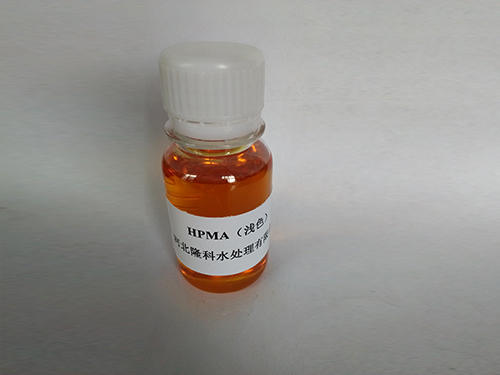Exploring the Applications and Properties of PAM Polyacrylamide in Various Industrial Fields
The Versatile Applications of PAM Polyacrylamide in Modern Industries
Polyacrylamide (PAM) is a polymer extensively utilized across various industrial applications due to its remarkable properties. This non-toxic substance is derived from acrylamide, a water-soluble monomer that yields a versatile polymer when polymerized. PAM is primarily known for its ability to enhance water retention, improve soil quality, and function as a flocculant in water treatment processes. Its applications span numerous fields, including agriculture, wastewater management, and mining.
The Versatile Applications of PAM Polyacrylamide in Modern Industries
In addition to its advantages in agriculture, PAM is widely utilized in water treatment processes. As a flocculant, PAM assists in the aggregation of suspended particles, promoting their removal from water through sedimentation or filtration. This property is critical in municipal wastewater treatment facilities, where PAM helps clarify effluents by binding organic and inorganic particles, thereby improving water quality before it is discharged into natural bodies of water. Similarly, in industrial settings, PAM is employed to treat process water, enabling firms to meet environmental regulations and minimize their ecological footprint.
pam polyacrylamide

Moreover, PAM's application extends to the mining industry, where it is employed in mineral processing. The polymer aids in the separation of minerals from gangue material, increasing the efficiency of the extraction process. By improving the settling and filtration of slurries, PAM reduces the volume of waste generated and enhances the overall recovery of valuable minerals. This application not only optimizes resource extraction but also minimizes environmental impact, aligning with the industry's ongoing efforts towards sustainability.
Despite the myriad benefits that PAM offers, there are important safety considerations to note. While PAM itself is generally considered non-toxic, it is crucial to handle it with care, particularly considering its precursor, acrylamide, is a neurotoxin. Ensuring proper usage guidelines and safety measures are followed is essential in both agricultural and industrial applications to mitigate any potential health risks.
In conclusion, PAM polyacrylamide demonstrates profound utility across various sectors including agriculture, wastewater treatment, and mining. Its ability to improve water retention, facilitate particle aggregation, and enhance mineral recovery underscores its importance in modern industrial processes. As industries continue to evolve and adopt more sustainable practices, the role of PAM is likely to expand, offering innovative solutions to pressing global challenges such as water scarcity and environmental degradation. By leveraging its unique properties responsibly, PAM stands as a cornerstone of efficiency and sustainability in various applications, paving the way for a brighter, more sustainable future.
-
Water Treatment with Flocculant Water TreatmentNewsJun.12,2025
-
Polymaleic AnhydrideNewsJun.12,2025
-
Polyaspartic AcidNewsJun.12,2025
-
Enhance Industrial Processes with IsothiazolinonesNewsJun.12,2025
-
Enhance Industrial Processes with PBTCA SolutionsNewsJun.12,2025
-
Dodecyldimethylbenzylammonium Chloride SolutionsNewsJun.12,2025





